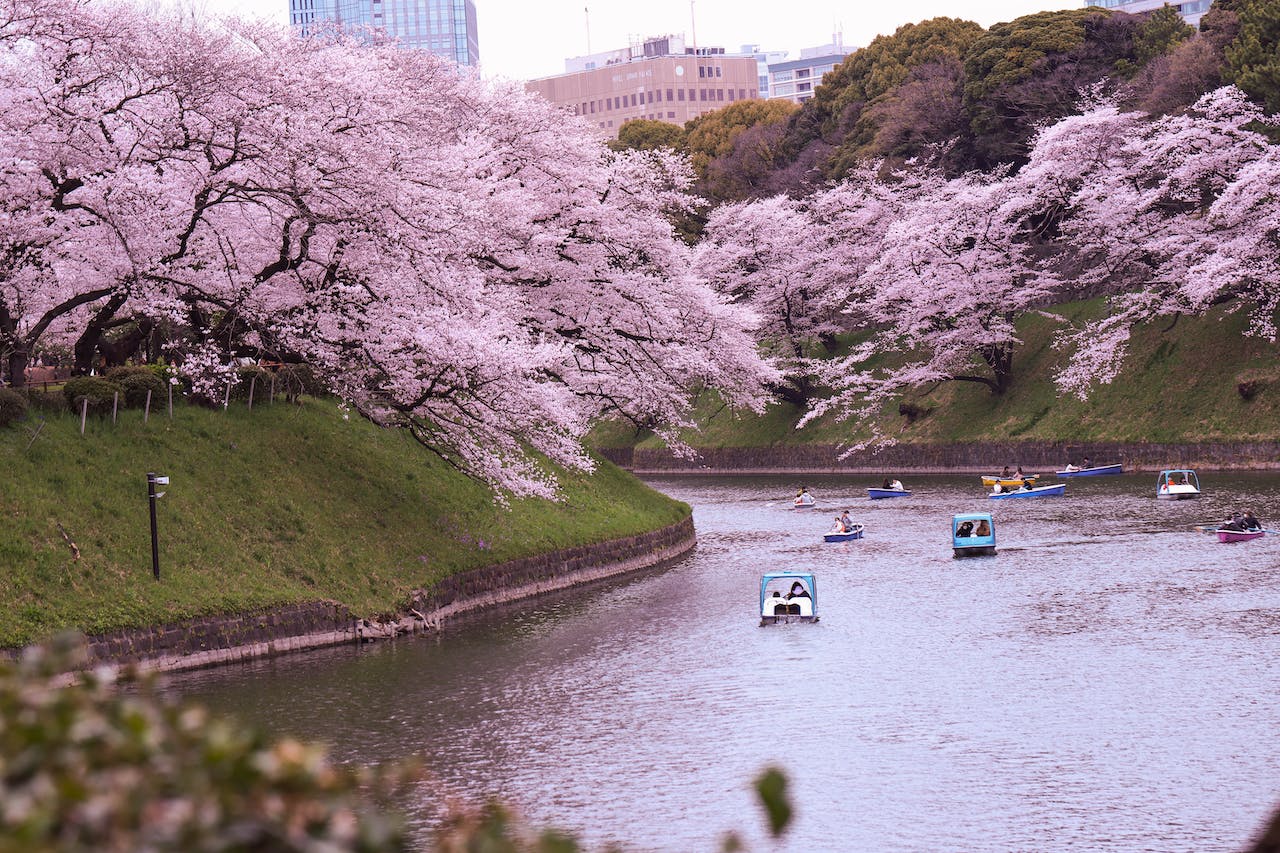India UNESCO World Heritage sites

India's UNESCO World Heritage sites offer a captivating journey through the nation's storied past, with three iconic landmarks standing out for their grandeur and historical significance. The Taj Mahal, with its timeless beauty and romantic allure, the Qutb Minar, a testament to Delhi's rich Islamic heritage, and Hampi, a sprawling ancient city that whispers tales of a once-great empire. Let's explore these masterpieces that not only define India's architectural genius but also encapsulate its vibrant cultural legacy!
1. Taj mahal
Operating Hour : 6 AM - 6.30 PM
Entrance Fee : INR 1100 (for foreigner), and INR 50 (for locals)
- The Tombs and short description about Taj Mahal

Source : https://www.throughmylens.com/
The Taj Mahal is a monument in Agra, India, built by the Mughal Emperor Shah Jahan as a tomb for his Persian wife, Mumtaz Mahal. Mumtaz, the third and most beloved wife of Shah Jahan, died while giving birth to their 14th child in Bahanpur. Before her death, Mumtaz requested Shah Jahan not to remarry and to honor her with a mausoleum.
The construction of the Taj Mahal began in 1632 and was completed in 1643, with additional work continuing for several years to finish other parts such as towers, a mosque, and a gateway. The construction involved 1,000 elephants to transport building materials and over 20,000 workers, including laborers, painters, and stonecutters from India, Persia, the Ottoman Empire, and Europe. The Taj Mahal is made of white marble that reflects different hues depending on the sunlight and moonlight, adorned with 28 types of precious and semi-precious stones from India and Asia. The octagonal tomb inside is decorated with reliefs and Arabic calligraphy featuring verses from the Quran.
- The Taj Mahal Garden

Source : https://www.visittnt.com/
The garden of the Taj Mahal is both culturally and architecturally significant, reflecting Mughal traditions and Persian influences. Designed in the Timurid style, the garden draws from the Persian concept of the "Garden of Heaven," which envisions paradise as a lush, harmonious landscape.
Known as Charbagh, Known as Charbagh, the garden's layout is divided into four quadrants by shallow water channels, each aligned with the cardinal directions. This design symbolizes the divine promises of water, milk, honey, and wine. At the heart of the garden is a central pond, which serves as the focal point and represents the most sacred area of the Taj Mahal complex. With its well-kept trees, colorful flowers, and the gentle sound of birds, the garden creates a calm and grand atmosphere, showcasing the Mughal era’s splendor and spiritual beliefs.
Read More! Another India's related article : "Get to Know Tata Group, the Largest Indian Company"
2. Qutb Minar
Operating Hour : 7 AM - 5 PM
Entrance Fee : INR 500 (for foreigners), and INR 30 (for locals)

Source : https://www.touryatras.com/
Qutb Minar is a towering victory monument located in the archaeological complex of Mehrauli, Delhi, near the Mehrauli Archaeological Park. Easily accessible via the metro (line 2, Jahangirpuri - Huda City Center), it is a short distance from the city center.
Built by Sultan Qutbuddin in 1192 after his victory over Delhi's last Hindu kingdom, the tower is an exemplary piece of Indo-Islamic architecture influenced by Afghan design. Qutbuddin, a Turkish ruler from Central Asia who reigned over northwestern India with Delhi as his capital for four years (1206-1210), died while playing polo in Lahore and was buried there. His successor and son-in-law, Shamsuddin Iltutmish, completed the tower's construction.
The complex features several historic structures, including the Quwwat-ul-Islam Mosque, Alai Gate, Alai Minar, madrasa, and the Iron Pillar. It also houses the tombs of Iltutmish, Alauddin Khilji, and Imam Zamin. Some building materials were repurposed from the ruins of Hindu and Jain temples.
Qutb Minar, the tallest red stone tower in the world, stands nearly 73 meters high, with a base diameter of 15 meters and a top diameter of 2.5 meters. It consists of five stories, each marked by a balcony. The first three stories are made of red sandstone, while the fourth and fifth are a combination of sandstone and marble. Qutbuddin completed only the first story before his death; his successors finished the remaining levels. The tower has endured damage from natural disasters, such as lightning in 1326 and an earthquake in 1803, necessitating several restorations, including the addition and later removal of a dome.
3. Hampi
Operating Hour : 6 AM - 6 PM
Entrance Fee : Free
 Source : https://facts.net/
Source : https://facts.net/
The ancient city of Hampi, located in southern India in the state of Karnataka, was a major center of the Deccan Empire in the 14th century and was considered one of the largest and wealthiest cities of its time. The ruins of temples and market complexes along the Tungabhadra River were among the busiest and most prosperous places in the 14th century. The city attracted traders and explorers from Persia and Europe, making it one of the largest cities of its era, second only to Beijing.
The Vijayanagara Empire was established through a coalition of southern Indian kingdoms to fend off Muslim invasions. However, following invasions by Muslim sultanates, the empire eventually fell into desolation. Today, only a few ruins of Hampi remain, preserving the grandeur and stories of its magnificent past.
















